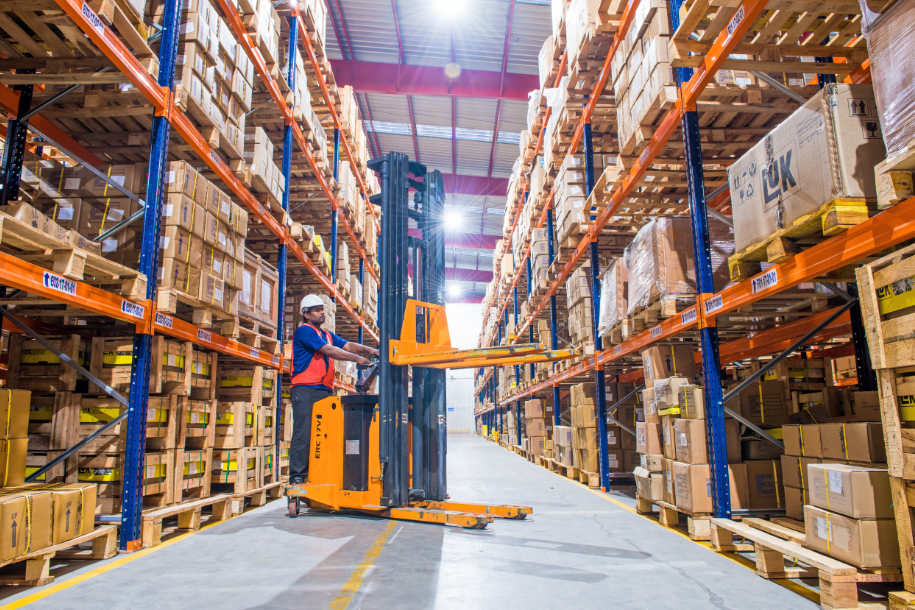Top Logistics Technologies Enabling Real-Time Tracking Across Supply Chains
Real-time tracking has become a non-negotiable requirement in today’s competitive logistics environment. Customers demand transparency, while businesses need visibility to optimize operations and reduce costs. Several advanced logistics technologies have emerged to fulfill these demands, revolutionizing how goods are monitored across supply chains. This article explores the top logistics technologies enabling real-time tracking and their impact on modern logistics.

1. GPS Tracking Systems: Core Logistics Technology for Location Visibility
Global Positioning System (GPS) tracking is the backbone of real-time visibility in logistics. GPS devices are installed in vehicles, shipping containers, and individual packages to provide precise location data throughout transit.
Key Benefits:
- Live location updates: Logistics managers can monitor the exact position of trucks, ships, or parcels.
- Route optimization: Real-time data allows dynamic rerouting to avoid traffic, weather delays, or road closures.
- Improved security: In case of theft or loss, GPS tracking helps recover assets quickly.
Leading logistics providers integrate GPS with transport management systems (TMS) to automate scheduling, track driver behavior, and reduce fuel consumption.
2. RFID Technology
Radio Frequency Identification (RFID) has transformed inventory tracking and warehouse management. Unlike barcodes, RFID does not require line-of-sight scanning. RFID tags can be read automatically by scanners at warehouse entrances, exits, or conveyor belts.
Key Benefits:
- Fast and accurate inventory counts: Hundreds of items can be scanned in seconds.
- Reduced human error: Automating scanning processes eliminates manual data entry mistakes.
- Enhanced supply chain visibility: RFID enables real-time stock level monitoring and warehouse item location tracking.
RFID is especially effective in sectors with large inventory volumes, such as retail, automotive, and pharmaceuticals.
3. IoT Sensors and Telematics

The Internet of Things (IoT) has brought unparalleled connectivity to logistics. IoT sensors embedded in vehicles, containers, and pallets transmit data continuously to centralized platforms.
Applications include:
- Temperature and humidity monitoring for cold chain logistics to ensure food safety and pharmaceutical compliance.
- Shock and tilt sensors to detect damage to fragile goods during transit.
- In real-time, Vehicle telematics can track fuel efficiency, engine health, and driver behavior.
IoT devices and cloud platforms provide logistics managers with actionable insights for predictive maintenance, route planning, and quality assurance.
4. Bluetooth Low Energy (BLE) Beacons

BLE beacons are small wireless transmitters that broadcast signals to nearby smart devices. In logistics, they are attached to assets or pallets and used within warehouses, distribution centers, or yards.
Key Benefits:
- Indoor asset tracking: BLE bridges the gap where GPS signals are weak or unavailable.
- Improved picking efficiency: Workers locate items faster, reducing order fulfillment times.
- Cost-effective scalability: BLE systems are affordable for large-scale deployment.
When integrated with warehouse management systems (WMS), BLE beacons streamline picking, packing, and inventory movement with high accuracy.
5. Advanced Fleet Management Software

Modern fleet management systems combine GPS, IoT, telematics, and data analytics to provide comprehensive real-time tracking. These platforms enable:
- Live fleet visualization: Managers see all vehicles’ locations, routes, and statuses on a single dashboard.
- Proactive alerts: Automated notifications for delays, deviations, or maintenance issues.
- Data-driven decision-making: Historical data analysis for optimizing delivery routes, schedules, and driver performance.
Such systems enhance efficiency while ensuring compliance with safety and regulatory standards.
6. Cloud-Based Logistics Platforms
Cloud technology has become the backbone of real-time tracking solutions. Cloud-based logistics platforms integrate data from GPS, RFID, IoT, and BLE devices, providing end-to-end visibility across supply chains.
Advantages include:
- Centralized data management: All tracking information is accessible in one platform, breaking data silos.
- Remote access: Stakeholders can monitor shipments from anywhere via web or mobile apps.
- Scalability: Cloud systems can easily integrate new tracking devices or services as business needs evolve.
For example, platforms like PostalParcel aggregate carrier tracking data, enabling brands to offer customers seamless real-time order visibility.
7. Artificial Intelligence and Predictive Analytics

While not a tracking technology by itself, AI and predictive analytics enhance the value of real-time tracking data by:
- Forecasting delivery times based on historical and real-time data.
- Predicting potential disruptions like traffic jams, weather delays, or port congestion.
- Optimizing inventory and warehouse operations by analyzing patterns in tracking data.
AI transforms tracking from mere visibility to actionable intelligence that drives strategic decision-making.
Conclusion
Real-time tracking technologies like GPS, RFID, IoT sensors, BLE beacons, fleet management software, and cloud platforms have transformed supply chains. They make operations more efficient and help build customer trust by ensuring deliveries are safe and on time.
As logistics continues to go digital, using these technologies will be key to staying competitive. Companies that adopt real-time tracking now will be able to provide better service, reduce costs, and respond quickly to future challenges.
Industry Insights
news via inbox
Nulla turp dis cursus. Integer liberos euismod pretium faucibua









[…] Get real-time tracking updates […]